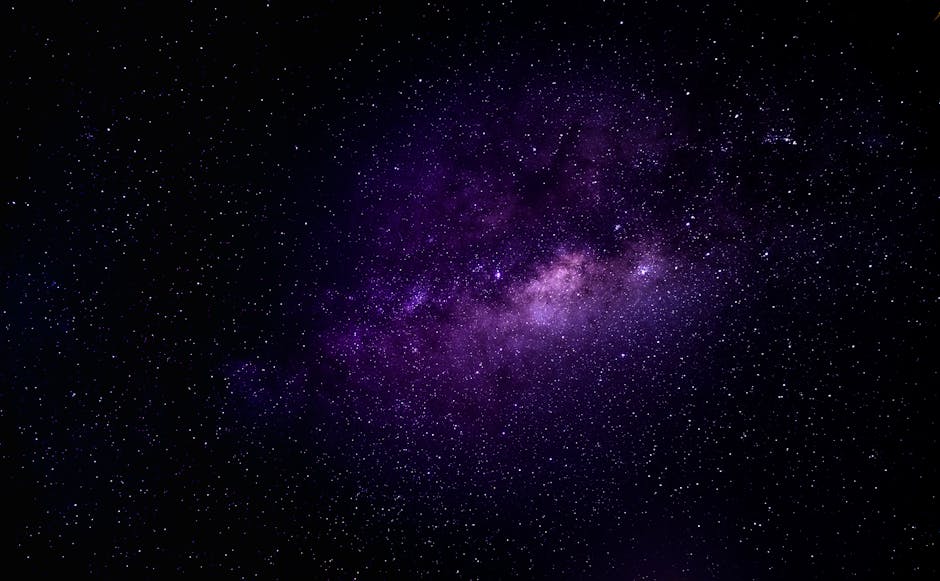Picture this: you pour hot, fragrant chai into a cup. You leave it on your desk, get distracted by a phone call, and when you return, it’s lukewarm. In another room, a carefully stacked pile of books, left untouched for months, is now covered in a fine layer of dust, its sharp order softened by a chaotic film.
These aren’t just random, everyday annoyances. They are tiny, personal demonstrations of the most powerful, inescapable, and fundamental law in the entire universe. It’s not gravity, nor the speed of light. It’s a law that governs every star, every galaxy, every living being, and even time itself.
What is the Ultimate Cosmic Law?
The law we’re talking about is the Second Law of Thermodynamics, but it’s better known by a single, powerful name: Entropy. Its story is the ultimate cosmic drama, and it is, without a doubt, the ultimate cosmic law.
In simple terms, entropy is a measure of disorder or randomness. The Second Law states that in any isolated system, the total entropy will always increase over time. Things don’t get tidier on their own; they get messier. Energy doesn’t gather itself together; it spreads out. Your hot chai doesn’t get hotter; it cools down, sharing its heat with the surrounding air until everything is the same temperature. You can’t unscramble an egg. You can’t put a shattered glass back together perfectly. This is the universe’s one-way street.
The Arrow of Time: From the Big Bang Onward
This relentless march towards disorder is what gives time its direction. It explains why we remember the past but not the future. The universe began at the Big Bang in a state of incredibly low entropy—a hot, dense, highly ordered point. Since that moment, for the last 13.8 billion years, it has been on a relentless journey of expansion and “cooling down.”
Every star that burns, fusing hydrogen into helium, is radiating energy and increasing the universe’s total entropy. Every galaxy that spins, every supernova that explodes, is a grand act in this cosmic play of increasing disorder. This is the fascinating story of the ultimate cosmic law in action on the grandest scale imaginable.
A Chilling Conclusion: The Heat Death of the Universe
But the story doesn’t end there. If the Second Law is the ultimate rule, what is its ultimate conclusion? This is where the story takes a chilling, awe-inspiring turn.
Physicists call it the “Heat Death” of the universe. It’s the logical endpoint of ever-increasing entropy. Trillions upon trillions of years from now, the last stars will have fizzled out. The galaxies will have dispersed. Even the black holes, those cosmic titans, will have evaporated through a process called Hawking radiation, releasing their last wisps of energy into the void.
What’s left? A universe that is vast, cold, dark, and perfectly uniform. A state of maximum entropy. No heat differences, no movement, no change. No life. No thought. Just a silent, eternal equilibrium where nothing new can ever happen again. It is the Great Cosmic Silence, the final, inevitable victory of disorder over order.
Life’s Beautiful Rebellion Against Chaos
So, is this a tale of cosmic despair? Not quite. Look around you. Look in the mirror. Life itself is the most beautiful rebellion against entropy. We are pockets of incredible, intricate order. We take in disordered energy (food) and use it to build complex structures—our bodies, our cities, our art, our technology.
For a fleeting moment, on our small corner of the cosmos, we create islands of complexity in a sea of encroaching chaos. The ultimate cosmic law tells us that our time, our order, and our warmth are temporary and precious. It’s a reminder that every moment of structured existence, every thought, and every act of creation is a beautiful, defiant spark against the inevitable, encroaching night. And that, perhaps, is the most fascinating part of the story.




